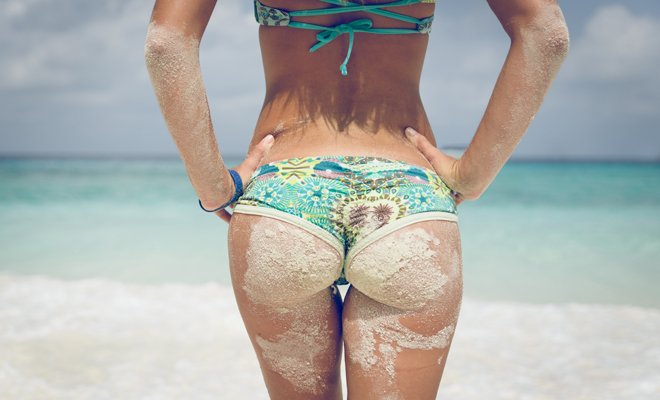Firm and toned buttocks are the envy of anyone. It is not only a very attractive part for both men and women, but the butt is important in gait and posture, so the more toned and worked they are, the more protected the hips and spine will be. As with any physical goal, it is clear that maintaining a balanced and healthy diet must go hand in hand with carrying out specific physical activity to influence this area. Not any type of exercise is valid, and it is important to perform them correctly, to really stimulate the muscles that are of interest and not overload others that can have repercussions on health and cause injuries and/or discomfort.
What exercises do not help to have a firm butt
- Aerobic exercises. Exercises and sports that work the aerobic system (running, swimming, cycling…) are not entirely ideal when it comes to toning the rear. They are effective for losing fat from all over the body, but not for specifically highlighting and enhancing this part of the body.
- Very repetitive exercises. Carrying out the same exercises or activities day in and day out does nothing more than adapt the body to that/those exercise/s, causing it to stop being a challenge and minimize the effect it has on the area. In addition, the variability allows you to stimulate different parts of the buttocks, completing the work on them.
- Do a lot of squats? The popular belief that doing a lot of squats and lunges gives you an enviable butt is widespread. Although it helps to keep it firm, it is a global exercise that works the entire lower body, and it has been shown that it does not activate the glutes 100%, therefore it must be complemented with others.
- Very intense exercises. Carrying out the activity at maximum intensity and/or performing many repetitions, in addition to being a possible cause of pain and injuries, is not correct if you are looking to harden your butt. It is ideal to combine intensities and play with repetitions and series to create different sensations on the muscle.




